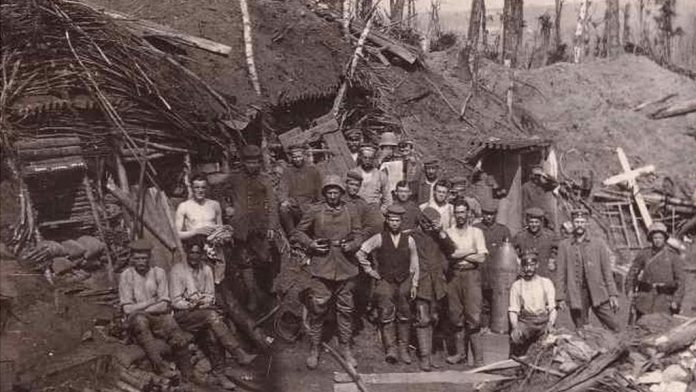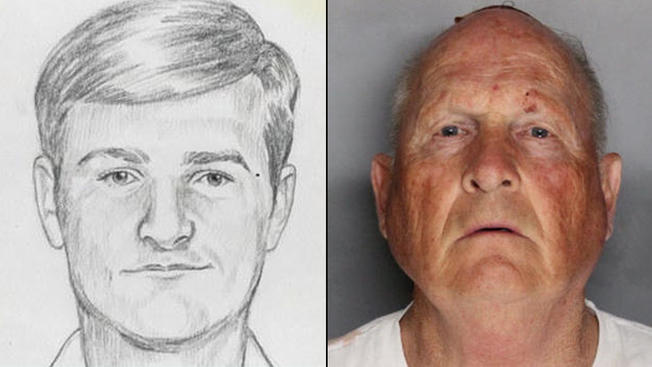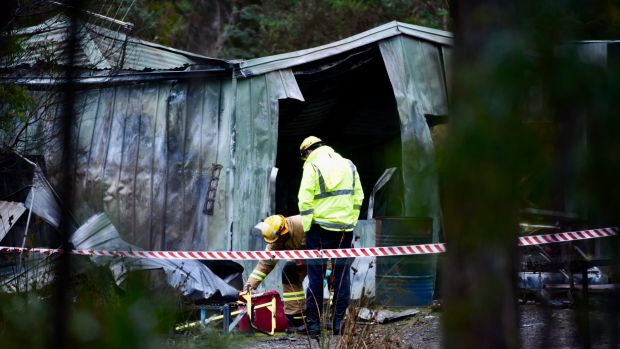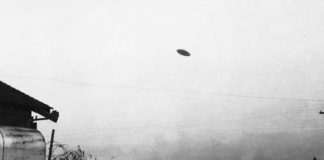In a surprising irony, a tunnel built by the Germans in French territory during the First World War has been found after more than 100 years — and it’s of utmost urgency that its location be kept secret.
By 1917, German troops had held a hilly area some 200 km northeast of Paris for two years. From there, on what became known as the Chemin des Dames battlefront, they were able to watch for advancing French soldiers. During this time, the German soldiers, from the 10th and 11th companies of the 111th Reserve Regiment, had dug an intricate system of tunnels into the limestone for underground defences and stores, some as deep as 20 metres. One was a supply tunnel that ran 300 metres from the north side of the hill to the south side, to where the first line of German trenches lay.
In May 1917, the French tried to retake those hills, seeking to break the stalemate along the Western Front. They knew where the entrances to that Winterberg tunnel were, and bombed them.
One shell closed off the entrance, the BBC reports, and triggered explosions from ammunition stored inside, sending poisonous fumes into the shaft. Another shell closed off the exit.
Inside, the 270 soldiers, one by one, over the next six days, either suffocated or took their own lives as their oxygen ran out. Some asked comrades to kill them. Miraculously, just a day before the Germans retreated, three men were rescued, and one wrote an account of the horror they had faced in the tunnel.
That French attack was one small victory in what was one of the greatest disasters in French military history, HistoryNet.com writes. Because of their complex defensive system, the Germans were able to stop the majority of the French advance. But the French got in that one parting offensive.
In the aftermath of the German withdrawal and France’s disinterest in saving German soldiers, the tunnel was abandoned, soon forgotten, and eventually its location was lost to the overgrown forest. Today, the BBC says, the spot is popular with dog-walkers.
But one local man, Alain Malinowski, didn’t forget it. He was certain it was out there on the ridge.
For 15 years he researched the military archives in the Château de Vincennes, gathered descriptions, maps and prisoner interrogations. But the area had been so damaged that identifying it seemed impossible. Then in 2009, he lucked on to a wartime map that showed the tunnel location and two paths to it, and, after careful analysis, he was able to locate it. At least he found an area of unremarkable woodland that he thought must be it.
“I felt it. I knew I was near. I knew the tunnel was there somewhere beneath my feet,” Malinowski told Le Monde.
The authorities paid no heed to his information. Perhaps it was because they thought him just another odd duck hunting for war treasures in the forest — or perhaps they had no desire to open up a mass war grave.
But as fate would have it, Malinowski’s son, Pierre, was running a foundation tracing war-dead from the Napoleonic and other eras — so he added the First World War site to his must-find list.
The 34-year-old former soldier wasn’t going let paperwork or permissions get in his way. He put the French and German governments on notice by opening up the tunnel himself. This was illegal, as the BBC reports, but he thought it would be worth the punishment.
Under cover of darkness, Malinowski brought in a mechanical digger to the spot his father had identified, had his team dig out four metres — and found the entrance to the tunnel.
There they saw a bell that was used to sound an alarm, hundreds of gas-mask canisters, rails for transporting munitions, two machine-guns, a rifle, bayonets and the remains of two bodies.
“It was like Pompeii. Nothing had moved,” one of the team said.
Pierre Malinowski then covered up the hole and contacted the authorities — again to no avail. Ten months later, he went public and told the story to Le Monde.













